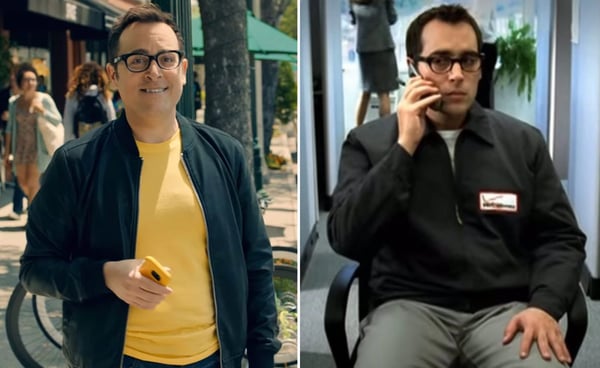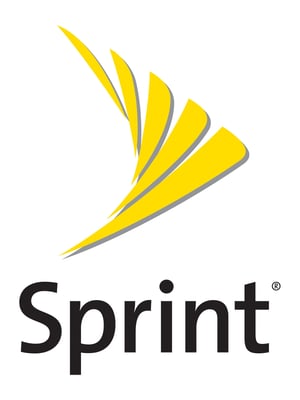A pervasive challenge marketers face in many forms is not only convincing someone to buy a product or service, but convincing them to switch from something else they're already spending money on. In a recent ad campaign over the past few years, mobile carrier Sprint has attempted to overcome this challenge with a strategy that leads customers by example, and a convincing example at that. In order to promote the vast improvements that have been made in its network in recent years, Sprint cast Paul Marcarelli — the well-known face of competitor Verizon's popular, decade-long 'Can You Hear Me Now' campaign — in a new series of commercials intended to showcase how the company has change. In this marketing campaign review, we'll take a look at the main marketing strategies at work in Sprint's 'Paul Switched' campaign and how the campaign attempts to change the market's status quo.
Marketing Strategies Sprint Used in the 'Paul Switched' Campaign
-
Celebrity endorsement: Testimonials and endorsements from celebrities of all kinds are nothing new in the marketing and advertising worlds. However, this Sprint campaign uses this strategy with a little more nuance than, say, putting a Gatorade bottle in an NFL player's hand. For one thing, the definition of 'celebrity' is a little different in this case. While Paul Marcarelli is a familiar face to many of us who watched television (and commercials) in the early 2000s, but he's not one of Hollywood's biggest actors. Instead, it's Marcarelli's connection to the mobile carrier industry in particular that made him such a big 'get' for Sprint. Marcarelli was the spokesperson for Verizon for almost a decade, meaning his testimonial for his former employer's competitor carries a lot more weight than a message from a random celeb would. Sprint's angle was a creative one: if Marcarelli is willing to switch his loyalty to Sprint, then customers might be convinced to switch their phone contract because of his endorsement.

-
Nostalgia: Nostalgia is a huge trend in media at the moment, and that does not exclude advertising. As an audience, we generally feel good when we see things we recognize from long ago, things that bring back fond memories of a simpler or better time in our lives. Nostalgia for the early 2000s is definitely on trend today, which is just another reason why Marcarelli's appearance in this new campaign was intended to make a big impact on consumers and get people talking about Sprint.
-
Big TV Spot: Finally, Sprint made sure to choose a distribution channel that would give their campaign maximum reach because of its wide appeal to consumers. While new Sprint ads featuring Marcarelli can be found everywhere from YouTube to billboards, the very first 'Paul Switched' commercial premiered in 2016 during the NBA Finals, an event sure to draw huge television audiences. Sprint undoubtedly knew that the campaign was going to make a big statement — that the brand was on its way to dominating the mobile carrier industry — so a premier of equal magnitude was chosen to match.
Changing the Status Quo
 With these marketing strategies and more, Sprint was able to pull off a risky ad strategy that depending on both consumers' knowledge of its competitor's ads and the brand's own claims that it should be considered equal to or better than Verizon. One reason this campaign has been so impactful is the bold takeaway message at its center: that things have changed in the mobile carrier industry. Sprint, armed with statistics and research, was ready to claim that their service rivaled that of their biggest competitor.
With these marketing strategies and more, Sprint was able to pull off a risky ad strategy that depending on both consumers' knowledge of its competitor's ads and the brand's own claims that it should be considered equal to or better than Verizon. One reason this campaign has been so impactful is the bold takeaway message at its center: that things have changed in the mobile carrier industry. Sprint, armed with statistics and research, was ready to claim that their service rivaled that of their biggest competitor.
In the ads, Marcarelli cites that Sprint's reliability is within 1% of Verizon's; a claim that Sprint couldn't have made back when Marcarelli was asking "Can you hear me now?" While a large portion of consumers still believe that Sprint is lagging behind other competitors, Sprint was ready to challenge that reputation of being second best. The 'Paul Switched' campaign, at its core, was Sprint's way of changing the status quo of the industry and letting consumers know that there was, in fact, another choice and a reason to switch.


